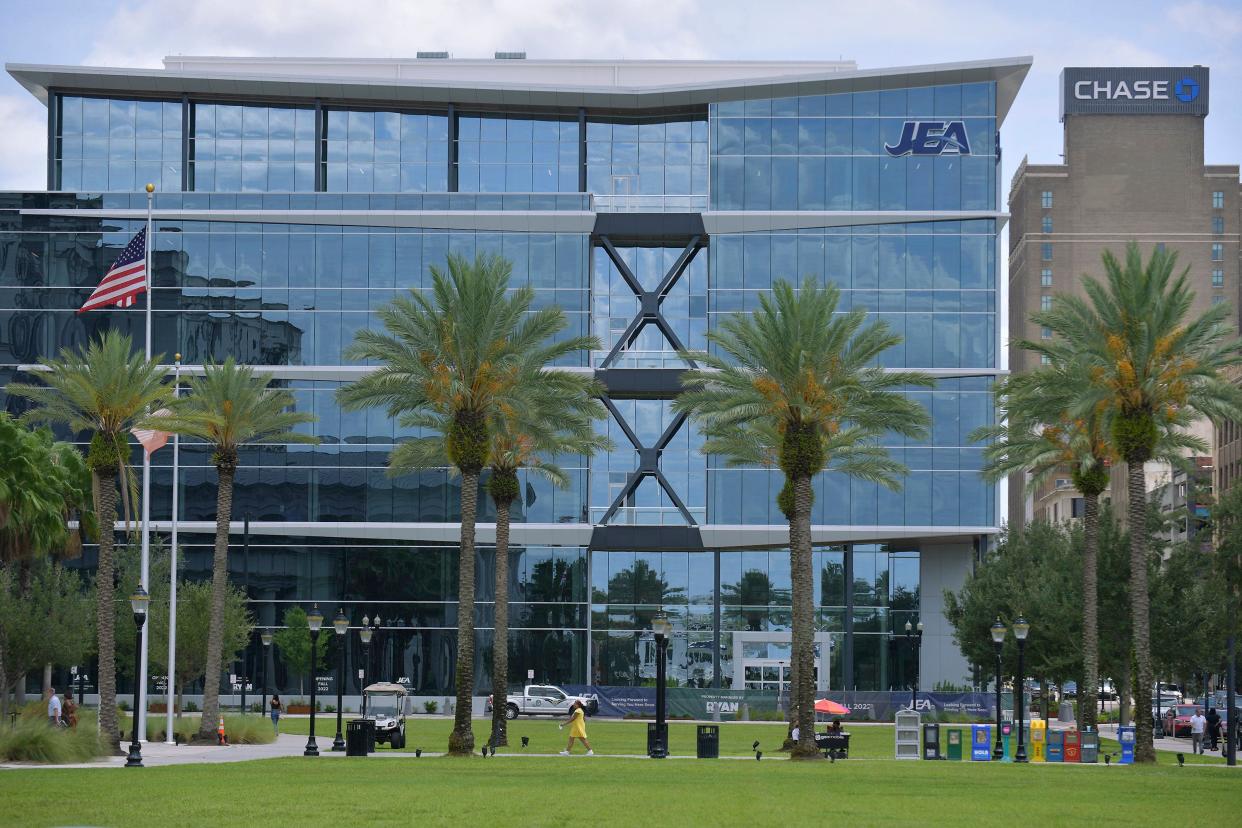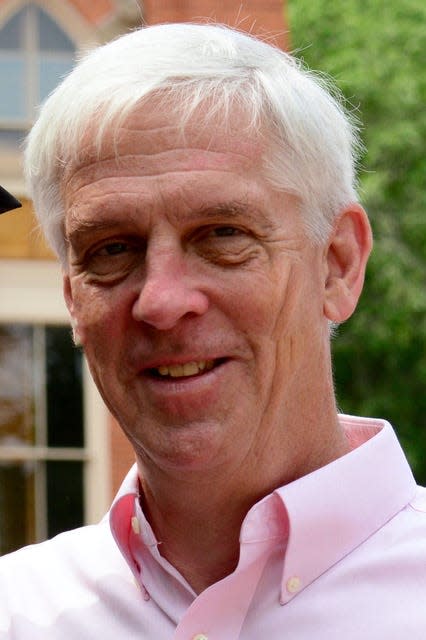John Burr: To be best in nation, JEA should also strive for 'cleanest utility' status

Leaders of JEA will soon begin discussions to decide how the utility will (for years to come) generate the electricity on which we all depend.
Will Jacksonville’s publicly owned utility maintain a heavy reliance on burning fossil fuels like coal and natural gas or begin a meaningful changeover to solar power and other green alternatives?
This is an important discussion for people concerned about climate change and the need to slash emissions of carbon dioxide to avoid catastrophic climate disruptions. It is also a critical question to JEA’s ratepayers — in other words, all of us.
Do we want to be subject to ever-fluctuating fossil fuels prices that are trending higher over time, or would we like to turn to a stable, dependable and clean source of electricity (sunlight) that we get for free?
Thirsty?New JEA water treatment facility soon will turn on the tap in St. Johns County
Eye to energy's future:JEA considers solar farms, new natural gas plant in coming years
Letters:Opposing bills SB 1096, HB 999 are hypocritical and must be abolished
Florida’s largest electric utility, Florida Power & Light, has made its choice and announced its Real Zero initiative last year. The Real Zero goals are ambitious — 52% decarbonization by the year 2030, 83% by 2040 and fully decarbonized, with no fossil fuel emissions, by 2045.
Where’s JEA? Less than 2% of its electricity comes from solar and other renewables, according to JEA managing director and CEO Jay Stowe last week, who conceded publicly that “we have not done a good enough job with our available portfolio.”
Stowe said he expects JEA to have “significantly higher percentages of clean energy by 2030.” Sounds good, but significantly higher when you are only at 2% could well end up far short of where JEA needs to go — and where FP&L says it will be.
How can FP&L fill the electrical demand in Florida without burning coal and natural gas? Through increased modernization of its plants to utilize “a diverse mix of solar, battery storage, existing nuclear, green hydrogen and other renewable sources,” according to a June 2022 company release.
That’s how JEA can do the same. Local officials often tout their goal of being the best municipal utility in the country. They should also strive to be the cleanest.
Citizens can voice their support for a cleaner JEA and a greener Jacksonville by attending the JEA Board of Directors meeting on March 28. The meeting begins at 9 a.m. at JEA’s new downtown headquarters building, 225 N. Pearl St. Go to the RenewJax.org website for more information on building a renewable Jacksonville.

John Burr is a former reporter and editor for The Florida Times-Union and the Jacksonville Business Journal. He served on the Jacksonville Special Resiliency Committee and is a steering committee member of Resilient Jax.
This guest column is the opinion of the author and does not necessarily represent the views of the Times-Union. We welcome a diversity of opinions.
This article originally appeared on Florida Times-Union: To be nation's best utility, JEA should also strive to be cleanest

